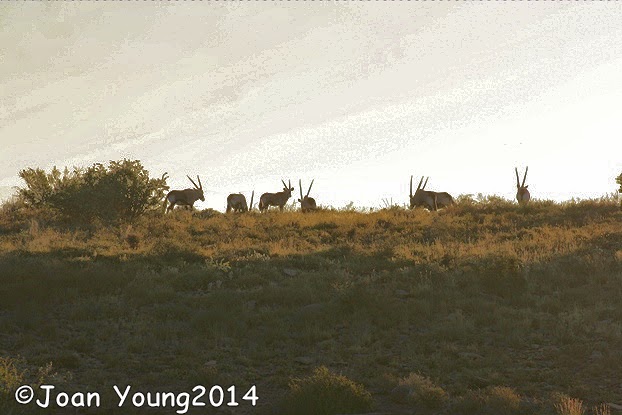Warmwaterberg Spa
For our
visit to Warmwaterberg Spa, Gaelyn and I each had our different ideas of what
we wanted to do there.For me the main attraction was finding what plants, animals etc were found there and the beautiful walks but for her, the idea of relaxing in the Roman Bath and the wonderful Malva Pudding she had there last year.
Warmwaterberg Spa is a mineral hot spring situated between Barrydale and Ladismith on Route 62 from Montagu to Oudtshoorn.
The Spa is set on a 600Ha property and offers self-catering accommodation for those who wish to do-it-themselves, but also has a full-service licensed restaurant, bar and off-sales for those who want to indulge.
A small kiosk supplies basic necessities, including braai-wood and ice alongside a selection of groceries.
The main attraction is our unique hot water (44°C at the source). It is very high in iron content, making it extremely healthy and sweet-tasting. Many visitors claim to experience a soothing and calming effect after bathing in the water, which is completely untreated and fresh from the artesian spring.
In addition to the two hot pools, there is a cold pool and a number of roman baths (imagine “bath” for up to six people!) on the property.
Think of it this way: at the kiosk you will pay a small amount for 500ml of bottled mineral water. Here you can step into a freshly-tapped roman bath containing 1000 litres of (many say superior) mineral water and bath in it! Try some of our specially-formulated bath salts to further enhance the experience.
The other great attraction of the Spa is its
location – set high up on the foothills of the Warmwaterberg Mountain, you will
enjoy panoramic views over the little Karoo, clear from the Langeberg to the
Swartberg. Barren and desolate to some, but to those with a little knowledge of
the Succulent Plant Kingdom, unrivalled in specie numbers, diversity and beauty
on any of the five continents! 
Enjoy these special plants from close-up along our
spectacular 6km walking trail on the edge of the mountain, and see how many of
the over-2000 endemic species you can identify! The best season to see them in
flower is spring, but this depends on winter rainfall. If we have a good
season, they are spectacular!
If you time your walk for the early evening or at daybreak you might just bump into Springbok, Duiker or Steenbok who also make the property their home.
For more
information and pictures as well as contact details, please go to: http://www.warmwaterbergspa.co.za/




























































